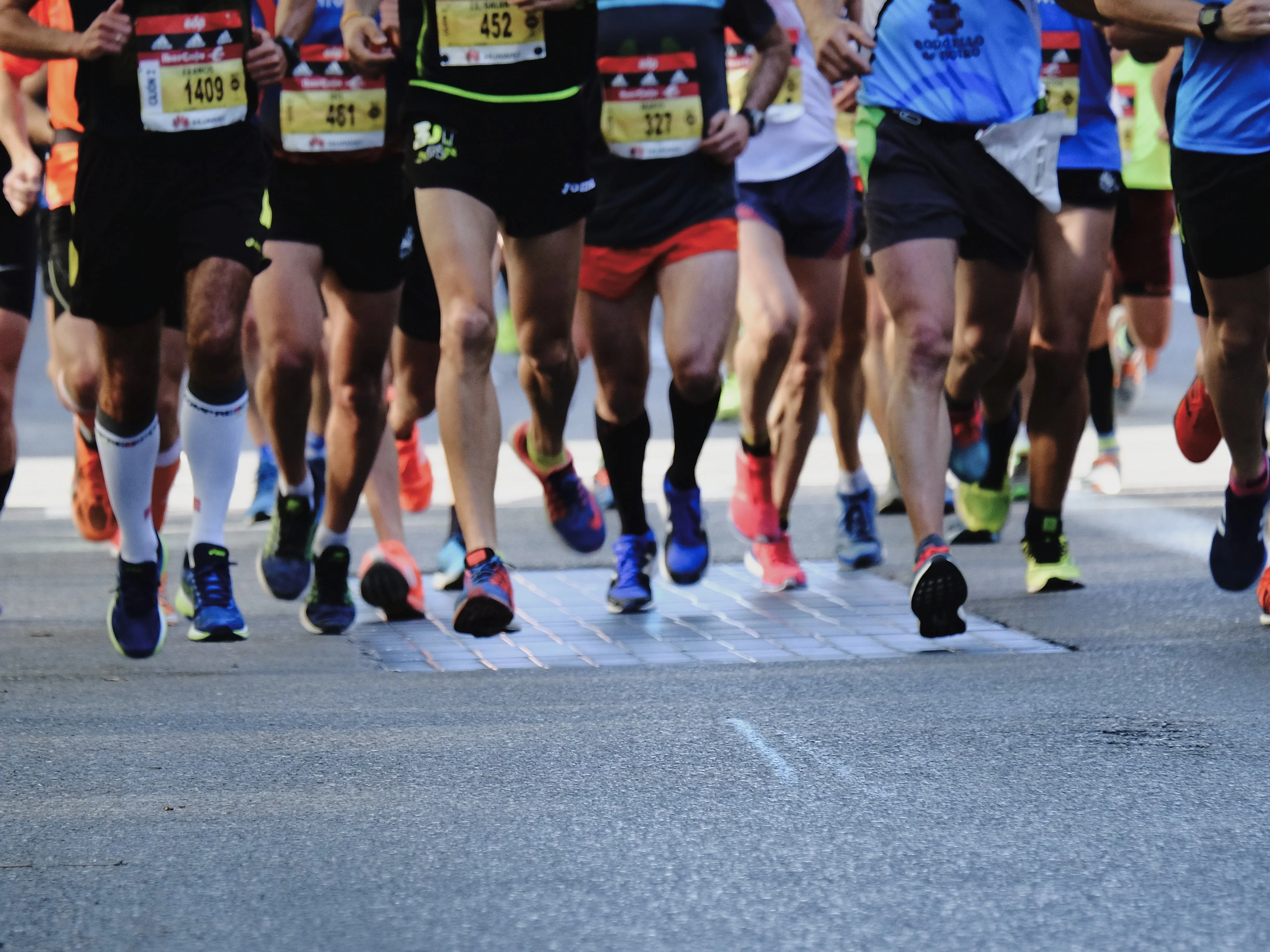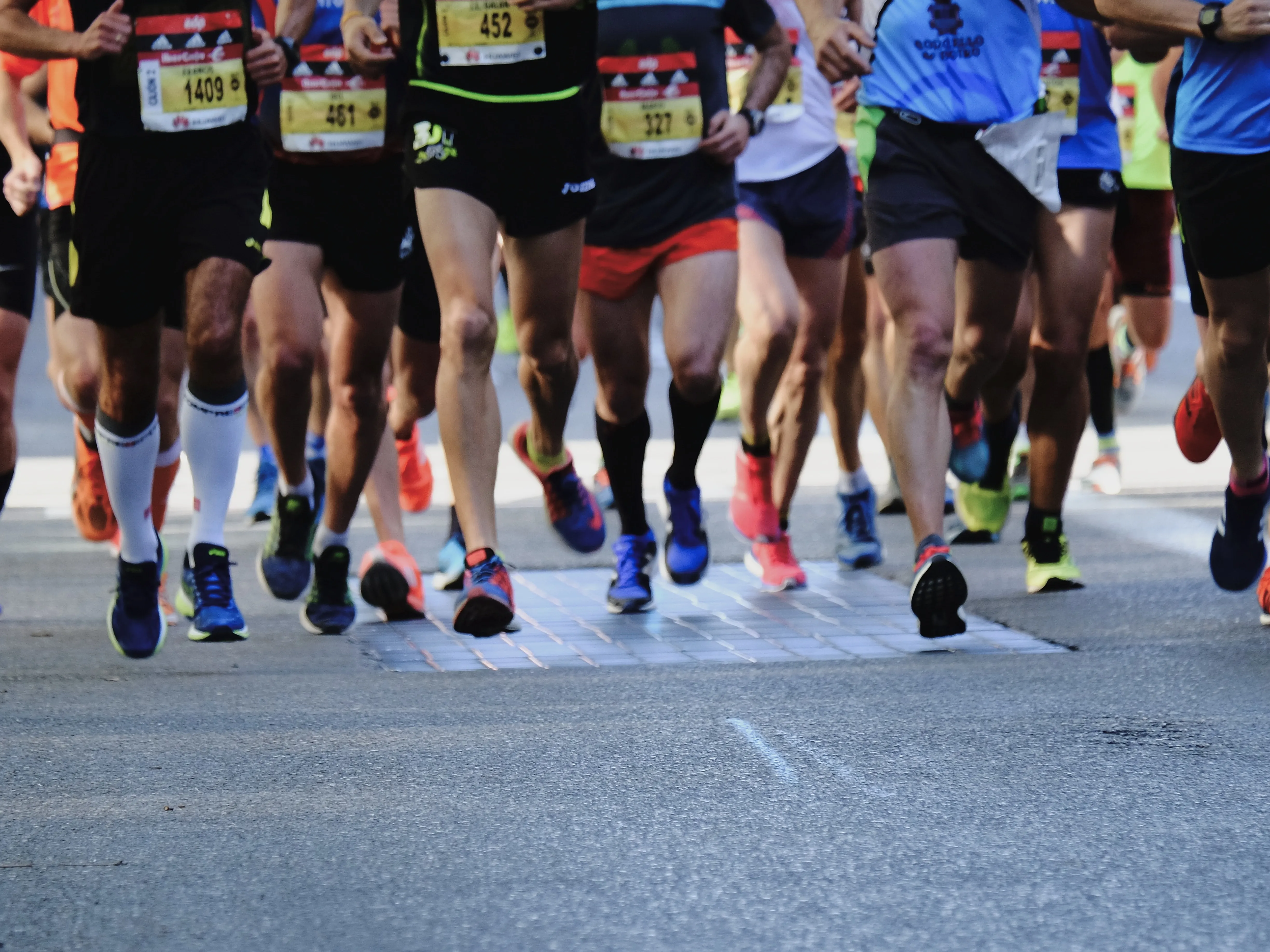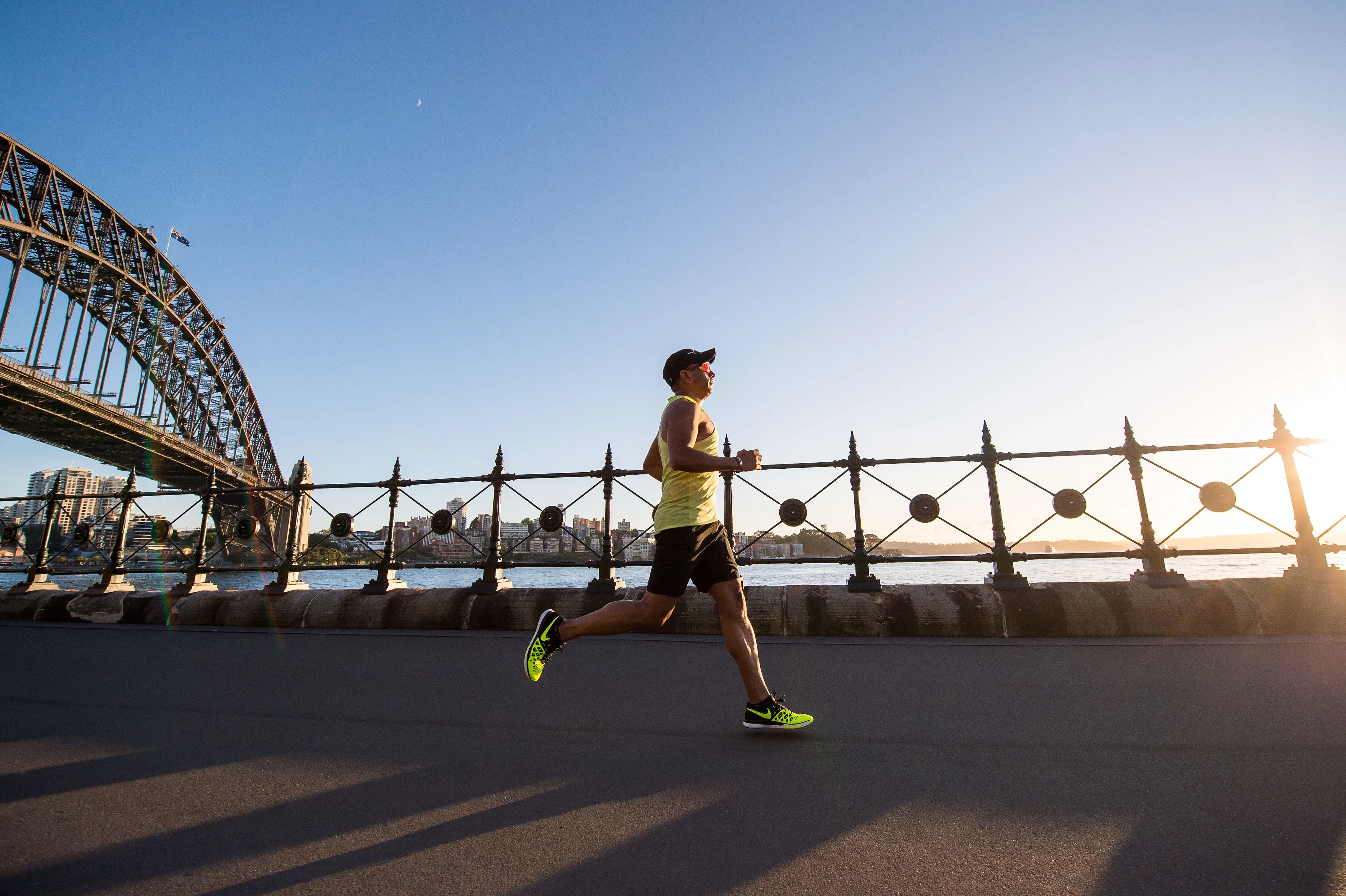
Running is a popular form of exercise enjoyed by millions worldwide. However, like anything popular, it has its share of myths and misconceptions. These misconceptions can often discourage beginners or mislead seasoned runners. So, let’s set the record straight and debunk ten of the most common running myths.
Myth #1: Running is Bad for Your Knees
One of the most prevalent myths is that running is bad for your knees. However, research contradicts this claim. A study in the Journal of Orthopaedic & Sports Physical Therapy showed that running reduced inflammation in knee joints and might even play a role in preventing arthritis.

Myth #2: Running with Weights Enhances Real Speed
You might think that running with weights strapped to your body will strengthen your muscles, leading to increased speed once the weights are removed. However, this is not the case. Running with weights can alter your form, potentially leading to injuries.
Myth #3: You Should Always Stretch Before Running
Static stretching before running can actually decrease your performance, according to research. A dynamic warm-up with movements that resemble running (like lunges or high knees) is more beneficial for your run.
Myth #4: The More Mileage, the Better
Quality always trumps quantity when it comes to running. Incorporating intervals, focusing on speed and performance, and allowing periods of rest are more beneficial than merely clocking more miles.

Myth #5: Runners Don’t Need to Strength Train
Strength training is vital for all athletes, including runners. Runners can significantly benefit from a balanced strength training routine as it can enhance running efficiency and prevent injuries.
Myth #6: Carbo-Loading Before a Race is Essential
While carbohydrates are an essential source of energy for runners, excessive carbo-loading can leave you feeling bloated and sluggish. What’s more important is maintaining a balanced, varied diet leading up to race day.
Myth #7: Running Alone is Enough for Weight Loss
It’s worth remembering that running should be part of a more significant lifestyle shift to successfully lose weight. Combining running with resistance training, a healthy diet, and plenty of rest yields the best results.
Myth #8: It’s Not a Real Run Unless You’re Sweating
Sweat is not an accurate measurement of your workout’s intensity or effectiveness. Some people naturally sweat more than others, and factors such as humidity can influence how much you sweat.
Myth #9: Runners Should Land on Their Toes
While landing on your toes can reduce the risk of some injuries, it’s not the be-all and end-all. Different running styles work for different people, and the most critical aspect is to run in a way that feels comfortable to you.
Myth #10: Running Fasted Burns More Fat
Running on an empty stomach might increase fat burn, but it can also lead to muscle loss. Your body needs fuel to run, so it’s best never to skip breakfast before a run.
Running is a fantastic way to maintain physical fitness and support mental health. By understanding these myths, you can approach your training with a clear, well-informed perspective. Happy running!




